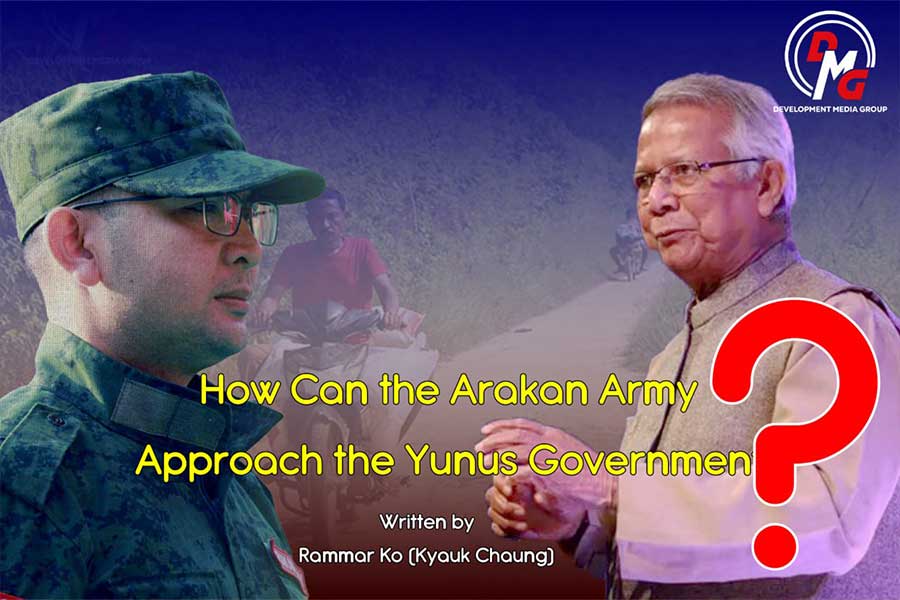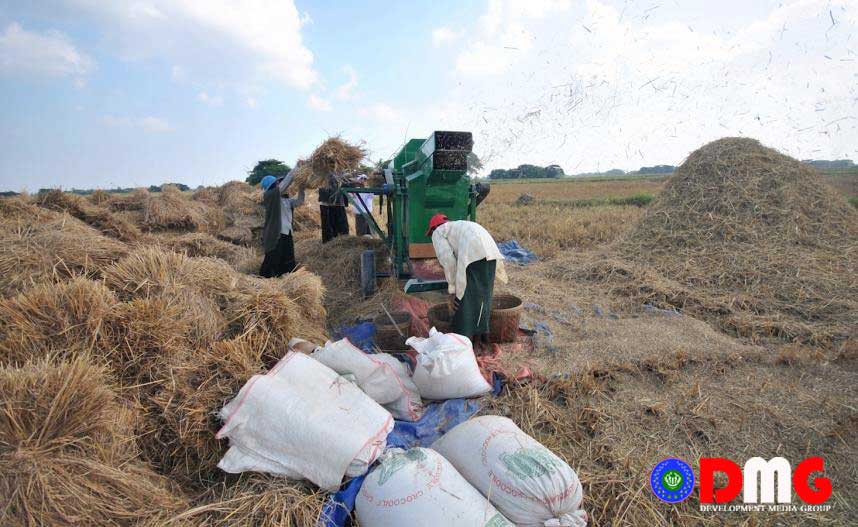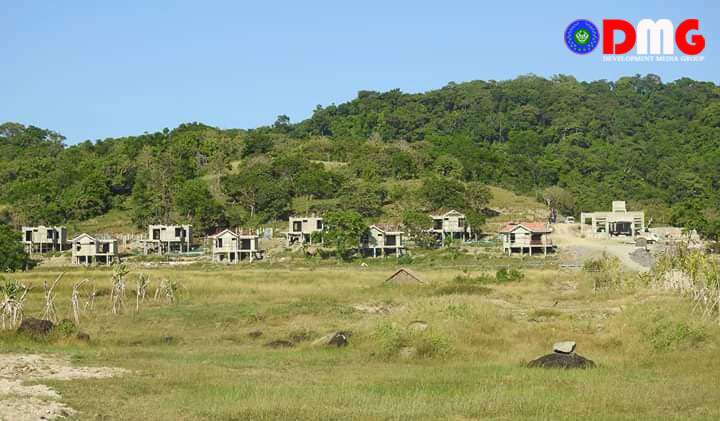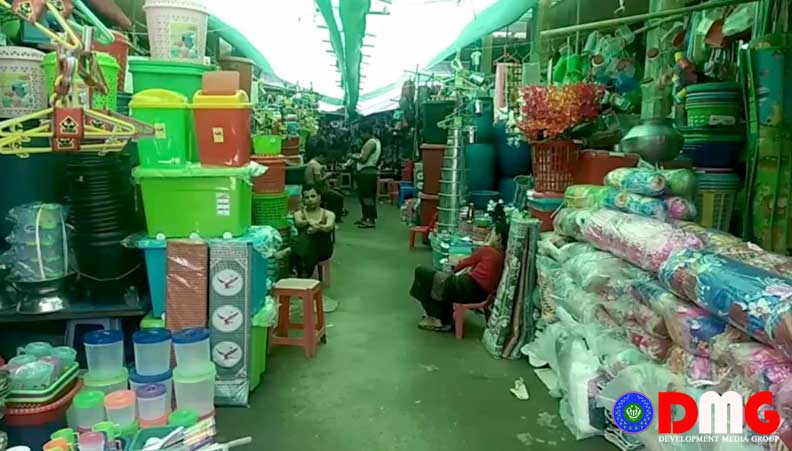A Massacre on Sittwe's Outskirts, and Persisting Denials
A female Byaing Phyu villager said: "It was not a rumour that women were raped. We heard screams and 'Please, don't! I beg of you.'"
14 Jul 2024
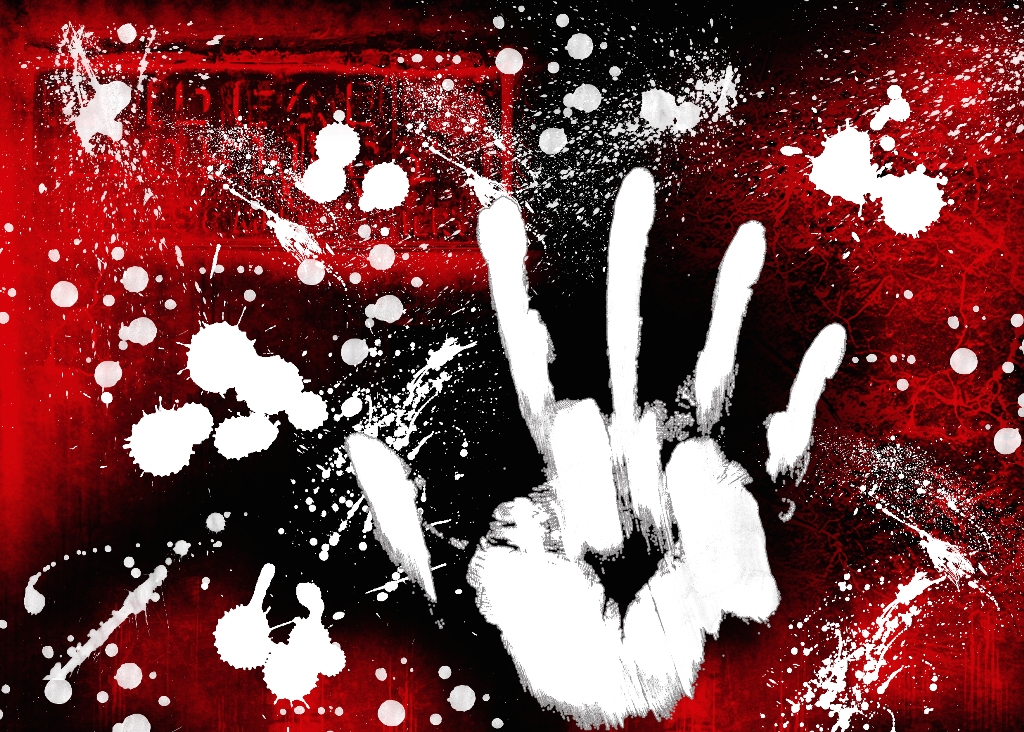
Written by Myo Thiri Kyaw
"We have flown a long way to kill you. Who are you to think that we can't kill you? All of you, lower your heads!" a junta soldier equipped with a dagger, baton and gun threatened as he pointed his firearm at more than 300 civilians who were on their knees with their hands tied behind their backs. Over 100 junta soldiers standing nearby were watching as he pointed his gun at one villager after another.
This was the scene female residents witnessed - and survived to recount - before the soldiers massacred scores of men in Byaing Phyu Village, Sittwe Township, on May 29.
Byaing Phyu Village, with a total of more than 1,000 households, is located north of the Arakan State capital Sittwe proper. Large numbers of regime troops and members of the junta-affiliated Arakan Liberation Party/Arakan Liberation Army (ALP/ALA) raided Byaing Phyu Village on May 29, blockading the whole village and forcing its residents including men, women, elderly people and children out of their homes. They were then gathered variously at the village market, teashop, cemetery and school.
Around 50 male villagers aged 15 to 70 were told to take off their upper garments before junta soldiers blindfolded them, tied their hands behind their backs, and forced them to kneel under the beating sun. Each was asked if Arakkha Army (AA) members had ever entered their village before, and if they had any ties to the AA. Then, the massacre began.
A 40-year-old woman who witnessed the killings said: "When [male villagers] replied that they had nothing to do with the AA, they were hit on their heads with rifle butts. Then, one [male] villager said the women who were forced to stand under the sun were innocent. Then, a soldier shouted 'Are you AA?', and shot him dead." The victim was a boatman at the BXT jetty in Sittwe.
Witnesses said villagers who had symbols like the Arakanese flag or words like "Arakan" or "Tharli Swa" tattooed on their bodies had the tattoos skinned off before being shot dead.
"A man had 'Arakan' tattooed on his arm. [A junta soldier] said, 'You are AA.' Then he used a knife to remove the tattoo, and shot him dead," said a 35-year-old witness.
According to the witness, the victim was a 21-year-old man who did odd jobs to support his parents. Fellow male villagers did not see the killings because they were blindfolded, but women of Byaing Phyu watched the massacre unfold before their eyes.
Junta soldiers divided the villagers into two groups - one group consisted of men, and the other of women, the elderly and children. They were deprived of food and water the whole day, even the children.
More than 300 villagers were taken in military trucks at noon to Infantry Battalion No. 20 and the Regional Operations Command in Sittwe. More junta soldiers arrived in the evening. That night, the women were told to sleep in three houses guarded by junta soldiers. The male villagers were kept at the gathering points.
"We heard terrified screams clearly. We heard a gunshot around every 15 minutes. We couldn't bear it," said a 30-year-old woman.
The AA said on June 2 that 76 Byaing Phyu villagers aged between 15 and 70 were killed between May 29 and June 1. Junta personnel including members of the Sittwe Regional Operations Command, the 101st Light Infantry Division based in Pakokku, ALP/ALA, and Muslim conscripts were involved in the massacre, the AA alleged.
Junta troops then took bodies scattered along the main road in the village to the cemetery outside the village, and burnt them on May 30-31, according to female villagers.
ALP/ALA Members Implicated
Byaing Phyu villagers confirmed that ALP/ALA troops were involved in the massacre.
"We heard their accent when they spoke Burmese. And they also spoke to each other in Arakanese. And they were masked," said the 30-year-old woman.
Witnesses and the AA said three women were raped and killed.
Five junta soldiers, one of them wearing a black hood over his head, allegedly took the three women from the crowd and asked them to cook. The three women were raped and killed instead, said villagers.
Another female Byaing Phyu villager said: "It was not a rumour that women were raped. We heard screams and 'Please, don't! I beg of you.'"
At least five of those massacred by the regime were women, including the three victims of rape.
Denials
Myanmar's military regime has denied slaughtering dozens of civilians in Byaing Phyu Village, calling the alleged massacre a complete fabrication. Junta spokesman Major-General Zaw Min Tun told junta-controlled media on June 4 that just three people were killed, in a shootout.
"We are questioning around 20 suspects. The AA has spread propaganda by falsely alleging that around 40 people were killed, and women were raped," the regime spokesman told the state-owned broadcaster MRTV.
The ALP/ALA has also denied involvement in the Byaing Phyu Village massacre.
"Why would we have [reason] to kill Byaing Phyu residents? Are we not Arakanese people ourselves? We are working for Arakan State and the Arakanese people. AA lobbyists will believe that we killed Byaing Phyu residents. People who have rationality would not buy that," said ALP spokesman Khaing Aung Naing.
Most residents of Byaing Phyu Village are working class and poor, such as ferry boat helmsmen, vendors and cargo workers. Thousands of people have left Sittwe Township for fear of clashes in urban areas and the villages surrounding the Arakan State capital, but most low-income residents are unable to leave due to junta blockades and financial difficulties.

Those who remained in Byaing Phyu Village are the elderly, those who face financial hardships and other grassroots folk who deny any AA links.
"The people who remained in the village are the grassroots, who are struggling to make ends meet. They have no ties to the AA. They were intentionally oppressed by the regime," said a woman of that set who managed to escape.
More than 200 Arakanese social and fraternal organisations abroad issued a statement condemning the junta's massacre of civilians in Byaing Phyu Village. The massacre was a blatant act of brutal genocide, said the 203 organisations, calling for the perpetrators to be brought to justice.
Though witnesses have made clear who the perpetrators of the massacre were, the regime continues to refute the accusations.
"The regime has always denied committing crimes and mass murders," said an Arakanese politician. "In the past, the Myanmar military also denied the killing of 20 people in Tinma Village. The victims are the locals. Now, in the Byaing Phyu massacre, local eyewitnesses have clearly said that the ALP and the regime killed them, but both still deny it."
For Survivors, a Difficult Road Ahead
The surviving women, children and elderly of Byaing Phyu were told not to return to their village, prompting them to take shelter at monasteries in Sittwe. Junta troops also looted everything valuable from the villagers, said an escaped woman from Byaing Phyu.
"We rely on food donated by others. No one can feed us every day in such a difficult time. There are days when we don't eat. The regime has yet to provide for us," she added.
Pregnant women, children, the elderly and those who are in poor health are particularly vulnerable, and the displaced Byaing Phyu villagers are worried about their safety as the regime has been making a series of arrests of residents in Sittwe and people taking shelter at monasteries.
"Are we gathered to be used as human shields? We are worried that we will be arrested by the regime," said a 50-year-old woman from Byaing Phyu Village.
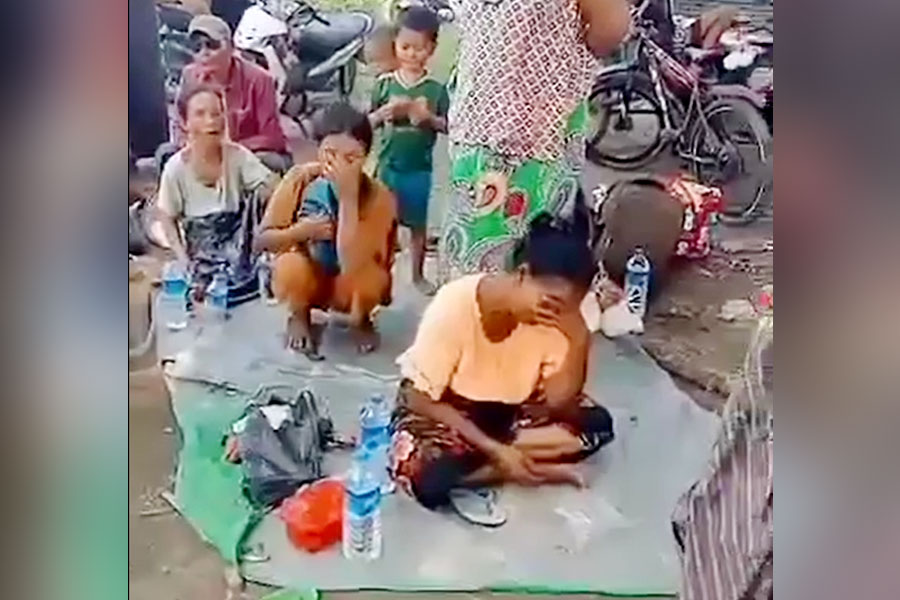
After junta soldiers evicted the villagers, they took up positions in their homes and fortified other buildings, as well as manning trenches dug along the road into the village.
After two weeks in junta custody, during which many villagers are said to have been tortured, 60 were released. But 50 Byaing Phyu villagers were handed over to Sittwe's No. 1 police station. Among them, eight were sued under Section 17(1) of the Unlawful Associations Act and 30 were charged under Section 188 of the Penal Code, according to sources close to the police station.
Twenty-five residents of Byaing Phyu Village received and in some cases continue to receive treatment at Sittwe Hospital for injuries they sustained while in military custody. Two men from Byaing Phyu Village died at Sittwe Hospital on June 11 while receiving treatment for those injuries. The deceased have been identified as U Kan Thein Tun and U Maellar.
"Those undergoing medical treatment had many bruises and stab wounds all over their bodies," said a local man from Byaing Phyu Village. Many of those receiving medical treatment are facing financial difficulties.
One villager who survived junta detention and interrogation said that the lives of those who remained in military custody were in danger.
"The detainees lived in dark rooms in groups of five or 10. The detainees were beaten and kicked with military boots and given no food and little water," the escapee said.
More than 100 Byaing Phyu villagers remain in junta detention. On June 8, witnesses reported spotting over 20 unidentified, blindfolded corpses in a creek near Aung Taing Village, located close to the junta's battalion headquarters about 10 miles west of Sittwe Town.
"When I asked those who had escaped, they said that they had not seen my son," said the mother of one of the detained Byaing Phyu villagers. As far as she is aware, she added: "He's not dead and I can't contact him, so I'm very worried about him."




